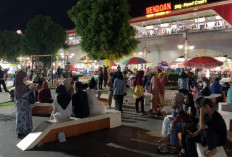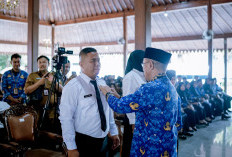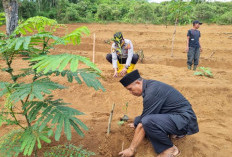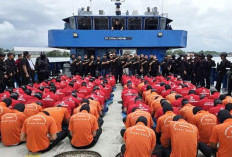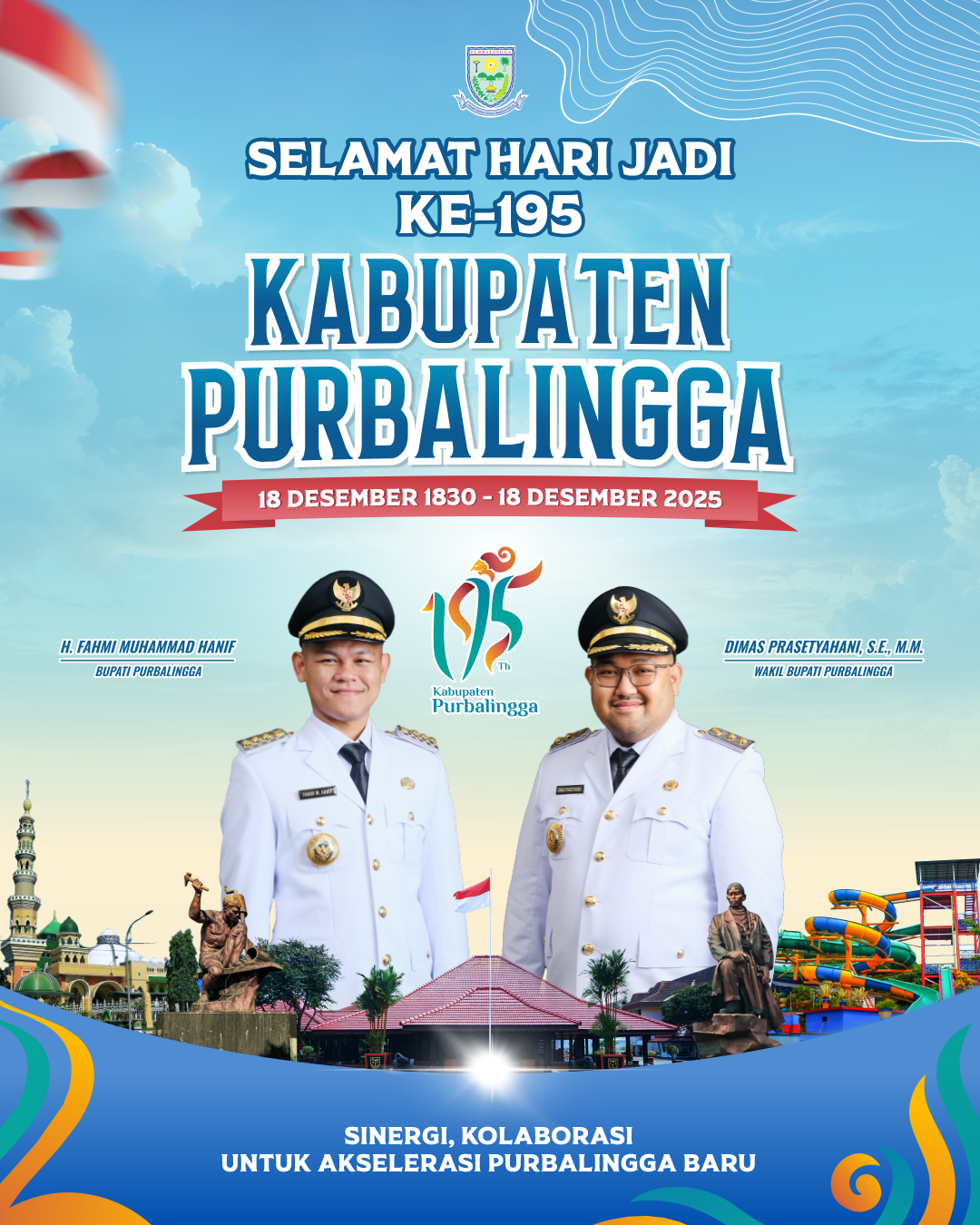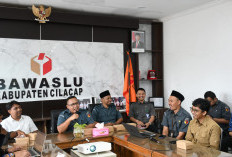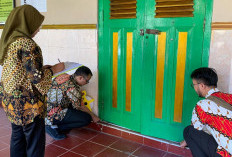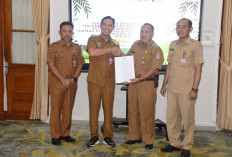Information Technology as a Strategic Resource in the Tourism Industry

 Article By Vosi Karimchonzoda (Kyrgyzstan)
Student of Jenderal Soedirman University, Magister Management
Tourism is one of the highly profitable and dynamic sectors of the world economy, the creation of the developed tourism industry is also important as one of the most effective ways of restructuring economy of Indonesia or any other countries.
Several countries travel companies and tourism management bodies entering the international market face in their activities the problems of mastering new information technologies, which are a prerequisite for international integration and the modern concept of tourism business as an information-rich sphere. Planning for the development of tourism in the small regions is hampered by the lack of statistics and information on the main tourist resources.
https://radarbanyumas.co.id/pembangunan-hotel-unsoed-inn-dimulai/
In this regard, now, the analysis of existing information systems in tourism, the study of the main areas of application of information technologies and the development of recommendations for tourism management on the use of information systems is especially relevant.
Currently, information technology is considered as an innovative strategic resource for the development of all business activities, as a way to increase the company's competitiveness. This approach requires an answer to some non-technological questions: what is the income from the implementation of information systems (IS) expressed, how to measure it, what organizational and staff changes should be undertaken to fully carry out the IS project.
The world of modern business has changed so definitely that organizations created to run in the former stable conditions cannot adapt to the new environment without improving the principles of activity and structure. It is in this context that the concept of "re-engineering" of business should be interpreted, which is defined as "a fundamental rethinking and radical redesign of the business process to achieve fundamental improvements in today's key performance indicators such as cost, quality, service and speed". Information technologies offer real opportunities for re-engineering and gaining significant competitive advantages.
Harnessing the potential of technology to change a company's business processes and outperform competitors is not a one-time event. It takes a pragmatic perspective and creative thinking to discern the potential of a technology that may at first seem to have no obvious application in a company's operations, or to see, in addition to the obvious, innovative applications for information technology. If companies want to be successful in an era of constant technological change, then they need to view the ability to use information technology as a key skill.
The use of information technologies requires serious investments, which must be used to achieve strategic goals, be able to estimate and control costs, and apply proven methods to improve the efficiency of their use. It is important to understand the general method, which, being refracted especially in each specific business, will make it possible to extract from information technology what is unique that it gives - leadership in world markets.
The technological race is not within the power of everyone, therefore, many ways are proposed to improve the efficiency of information systems: focus on end-users, independent development of application software, transfer of their information resources to companies specializing in information processing, etc.
The strategic goal of information technology is to help the management of the organization respond to market dynamics, create, support and deepen a competitive advantage. The accomplishment of this task requires the construction of information technology systems that have the following attributes:
Article By Vosi Karimchonzoda (Kyrgyzstan)
Student of Jenderal Soedirman University, Magister Management
Tourism is one of the highly profitable and dynamic sectors of the world economy, the creation of the developed tourism industry is also important as one of the most effective ways of restructuring economy of Indonesia or any other countries.
Several countries travel companies and tourism management bodies entering the international market face in their activities the problems of mastering new information technologies, which are a prerequisite for international integration and the modern concept of tourism business as an information-rich sphere. Planning for the development of tourism in the small regions is hampered by the lack of statistics and information on the main tourist resources.
https://radarbanyumas.co.id/pembangunan-hotel-unsoed-inn-dimulai/
In this regard, now, the analysis of existing information systems in tourism, the study of the main areas of application of information technologies and the development of recommendations for tourism management on the use of information systems is especially relevant.
Currently, information technology is considered as an innovative strategic resource for the development of all business activities, as a way to increase the company's competitiveness. This approach requires an answer to some non-technological questions: what is the income from the implementation of information systems (IS) expressed, how to measure it, what organizational and staff changes should be undertaken to fully carry out the IS project.
The world of modern business has changed so definitely that organizations created to run in the former stable conditions cannot adapt to the new environment without improving the principles of activity and structure. It is in this context that the concept of "re-engineering" of business should be interpreted, which is defined as "a fundamental rethinking and radical redesign of the business process to achieve fundamental improvements in today's key performance indicators such as cost, quality, service and speed". Information technologies offer real opportunities for re-engineering and gaining significant competitive advantages.
Harnessing the potential of technology to change a company's business processes and outperform competitors is not a one-time event. It takes a pragmatic perspective and creative thinking to discern the potential of a technology that may at first seem to have no obvious application in a company's operations, or to see, in addition to the obvious, innovative applications for information technology. If companies want to be successful in an era of constant technological change, then they need to view the ability to use information technology as a key skill.
The use of information technologies requires serious investments, which must be used to achieve strategic goals, be able to estimate and control costs, and apply proven methods to improve the efficiency of their use. It is important to understand the general method, which, being refracted especially in each specific business, will make it possible to extract from information technology what is unique that it gives - leadership in world markets.
The technological race is not within the power of everyone, therefore, many ways are proposed to improve the efficiency of information systems: focus on end-users, independent development of application software, transfer of their information resources to companies specializing in information processing, etc.
The strategic goal of information technology is to help the management of the organization respond to market dynamics, create, support and deepen a competitive advantage. The accomplishment of this task requires the construction of information technology systems that have the following attributes:
- Maximum availability - everyone can get access to IT resources at any time and from anywhere;
- Any information object should be available simultaneously to many;
- Agility of applications - a transition to a network architecture is necessary, which leads to major changes in the organization and work of IT departments.
Cek Berita dan Artikel lainnya di Google News
Sumber:


